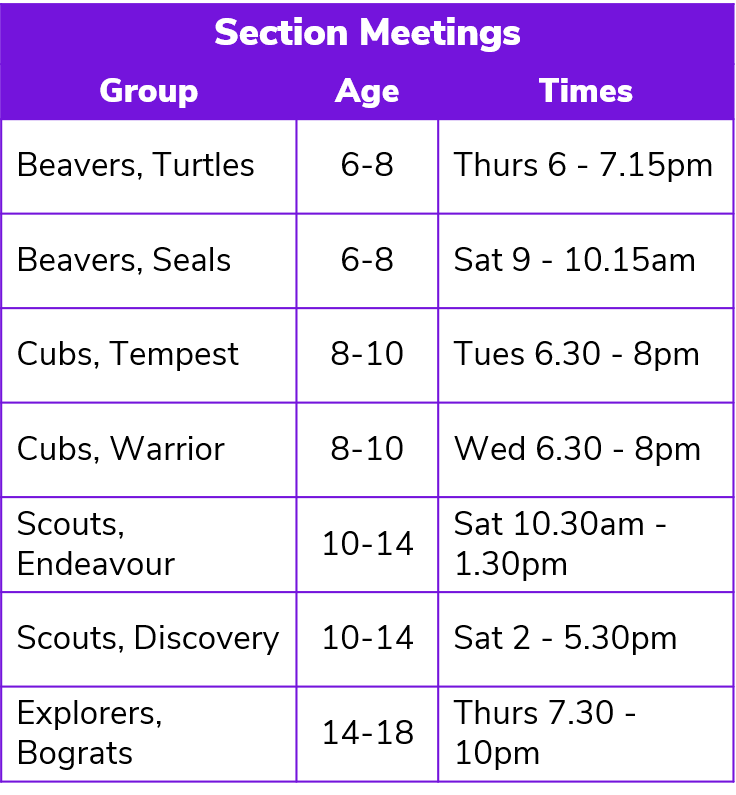Do you know your knots? The sheet bend knot? The reef knot? The half hitch knot? The noose knot? Watch the videos below to see how they’re done.
How to tie a Sheet Bend Knot
How to Tie a Square Knot (Reef Knot)
How to Tie a Half Hitch Knot
How to tie a Noose Knot
What is a “Knot” by Brian Hagerty
Knots and Nautical miles are good old navy terms. The nautical mile was based on the circumference of the earth at the equator. Since the earth is 360 degrees of longitude around, and degrees are broken into 60 so-called “minutes”, that means there are 360 * 60 = 21,600 “minutes” of longitude around the earth. This was taken as the basis for the nautical mile; thus, by definition, 1 minute of longitude at the equator is equal to 1 nautical mile. So the earth is ideally, by definition, 21,600 nautical miles (and 21,600 “minutes” of longitude) in circumference at the equator. If anyone ever asks you how far is it around the earth, you can quickly do the math in your head (360 degrees * 60 minutes per degree) and answer “about 21,600 nautical miles”!
In fact, even modern navigators use the “minute of latitude” on charts to measure distance; this is what you see them doing when they use their compass spreaders while they are hovering over their nautical charts (maps).
[For geometrical reasons, we use the minute of latitude on charts to correspond to a nautical mile rather than the minute of longitude. Minutes of longitude shrink as they move away from the equator and towards the poles; minutes of latitude do not shrink. Take a look at a globe with longitude and latitude lines marked on it to understand why.]
Using the definition of a nautical mile for distance at sea, the challenge was to measure speed — i.e. what is the ship’s speed in nautical miles per hour? (By the way, the nautical mile is about 1.15 larger than the “statute” mile used by land lubbers.) Since [speed] = [distance] divided by [time], if we measure a small distance (or length) in a small time we can do the math and figure our speed.
The device that sailors used to make their speed measurement was called the “chip log”. Chip as in chip of wood, and log as in to record in a log. The chip was a wedge of wood about 18″ in size; it was tied to one end of a rope on a large spool. The rope had knots tied into it about every 47’3″ (more about how that was calibrated below).
The wooden chip was thrown overboard at the ship’s stern (back end). Because of its wedge shape, it would “grab” the water and start pulling out rope as the ship moved forward at some yet unknown speed. One man would hold the spool of rope as it played out; another man would start a sandglass filled with 30 seconds of sand; and a third man would count the knots as they passed over the stern board. When the 30 seconds of sand expired, the time keeper would call out and the counting of knots would stop.
The number of knots in the rope that were counted in 30 seconds was then equal to the speed of the ship in nautical miles per hour. A “knot”, therefore, is not a nautical mile; it is a nautical mile per hour. Thus 1 knot was equivalent to 1 nautical mile per hour; 5 knots were equivalent to 5 nautical miles per hour; etc. The similar sound of “knot” and “naut” is entirely coincidental.
Finally, what about the actual values of 47’3″ between knots on the rope and the 30 seconds that were used with the chip log? The length was based on converting [1 nautical mile per hour] to [feet per second(fps)], and then multiplying [fps] by 30 seconds (which was a practical time to spend counting knots with a sandglass). The result was the calibrated length in feet at which to tie the knots for a 30-second run of the chip log.
… Now that we have much more precise technology to measure things, and because we need to establish international standards and conversion factors, and because the earth is not uniformly flat or round anywhere, and because even the precise definition of the second has changed, the official value for how many international feet in an international nautical mile has changed. Likewise, the measuring time of about “30 seconds” in the sandglass is now calibrated at 28 seconds. (Time itself didn’t change by 6.7%! But the cumulative effects of new international standard definitions for time, feet, statute miles, and nautical miles and more accurate measurements of the actual size of the earth have changed the modern calibration of the chip log.)
All hands to loose topgallant sails!



